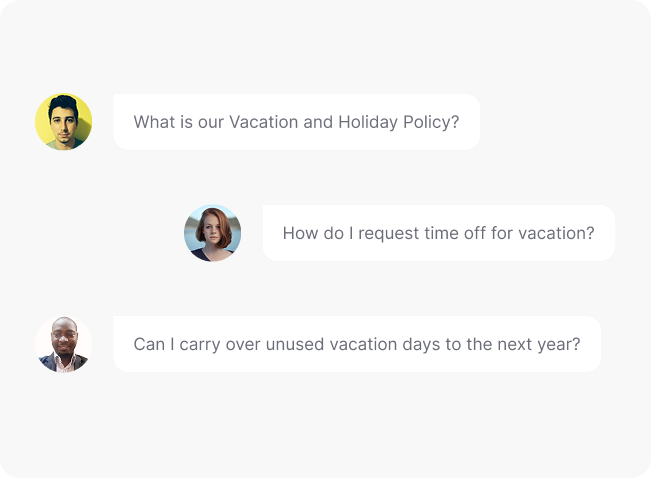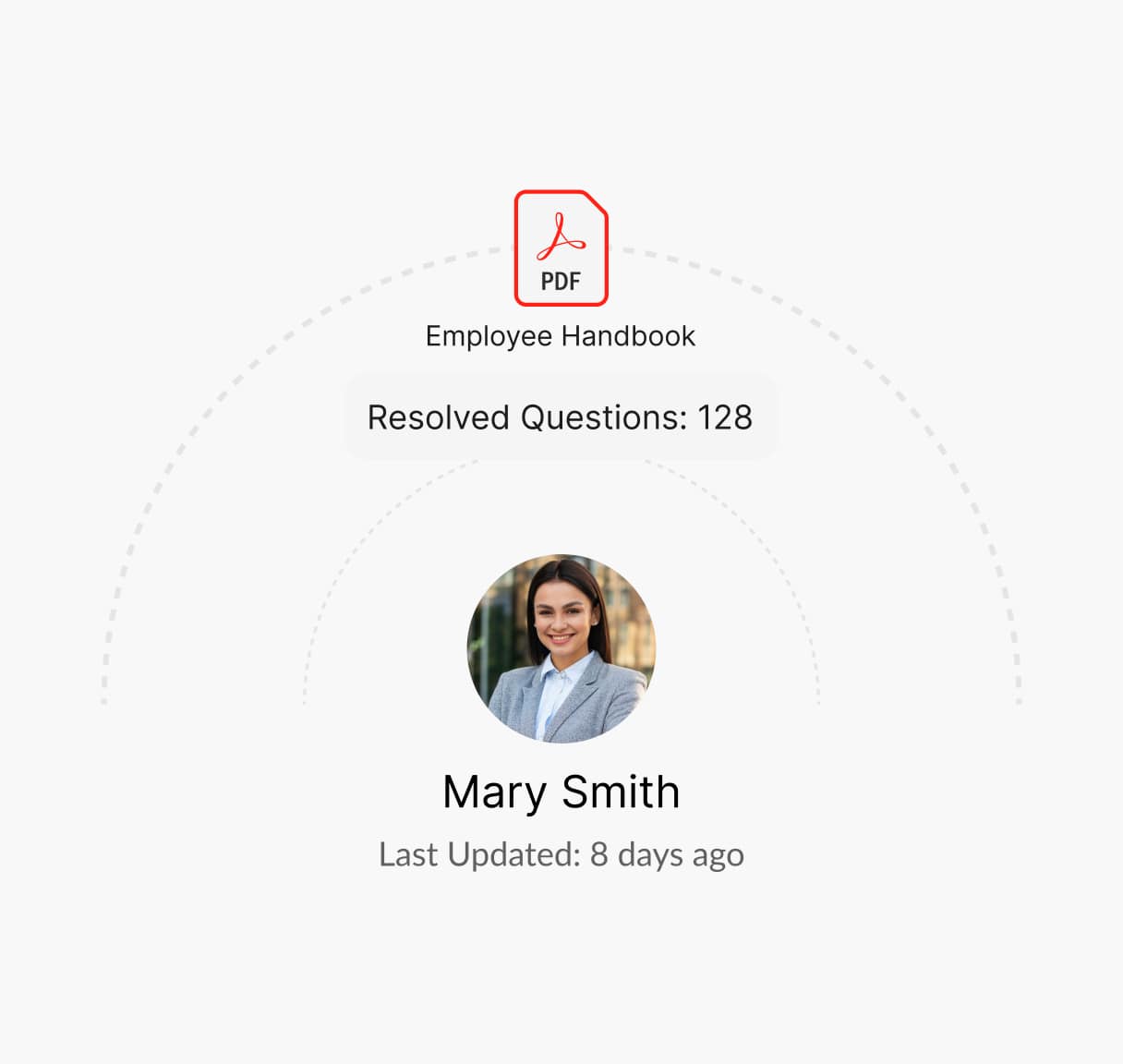Everything You Need to Know About Vacation and Holiday Policy
A vacation and holiday policy is a fundamental part of any organization’s benefits program, outlining the rules and guidelines for taking time off. A clear and comprehensive policy not only helps employees recharge and maintain work-life balance but also ensures fair and consistent time-off practices across the company.

What is a Vacation and Holiday Policy?
A vacation and holiday policy outlines the entitlements, procedures, and expectations regarding employee time off for vacations and holidays. It typically includes the number of vacation days allotted annually, paid holidays recognized by the company, and the process for requesting and scheduling time off. This policy ensures transparency and helps employees understand their rights and responsibilities concerning leave.
Guidelines for Creating a Vacation and Holiday Policy
Crafting an effective vacation and holiday policy ensures employees understand their time-off entitlements while helping your organization maintain operational efficiency. A well-designed policy balances employee well-being with business needs.
Define Entitlements
Specify vacation days and observed holidays, ensuring compliance with local labor laws. Include provisions for part-time and temporary employees.
Set Accrual and Carryover Rules
Clarify how vacation days are earned, whether unused days can roll over, and if a cap applies.
Outline Request and Approval Process
Provide steps for requesting leave and the required notice period.
Address Holiday Pay and Work Policies
Define pay for working on holidays and compensatory time-off options.
Communicate and Update Regularly
Ensure employees are aware of the policy and commit to periodic reviews to align with organizational and legal changes.
Unplanned and Emergency Leave:
Clearly define procedures for sudden leave requests due to emergencies or illness.
What is Covered in a Holiday and Vacation Policy?
An effective vacation and holiday policy should include the following:
Paid Holidays
Clearly list the company-recognized paid holidays (e.g., New Year’s Day, Independence Day, Thanksgiving) and specify if these vary based on location or employee classification.
Vacation Accrual
Outline how vacation time is earned, whether through annual allotments or monthly accrual, and specify any differences based on tenure or employee type.
Carryover and Expiration
Define whether unused vacation days can be carried over to the next year, any limits to the number of days that can roll over, and if unused days expire.
Request and Approval Process
Describe the process for requesting time off, including notice requirements, approval timelines, and the role of managers in granting leave.
Holiday Pay
Explain if and how employees who work on a company-recognized holiday will be compensated, such as with premium pay or additional time off.
Vacation Blackout Periods
Identify any times of the year when vacation requests may be restricted due to business needs (e.g., peak seasons).
Eligibility
Clarify which employees are eligible for paid holidays and vacation, including distinctions between full-time, part-time, and temporary employees.
Unpaid Leave Options
Include guidelines for unpaid leave for employees who need extended time off but have exhausted their vacation days.
Unused Vacation Payout
State whether unused vacation days will be paid out upon termination of employment and under what conditions.
Need help creating a Vacation and Holiday Policy?
How Winslow Helps HR Teams Streamline Vacation and Holiday Policies
Managing vacation and holiday policies effectively requires clear communication, efficient tracking, and consistent enforcement. Winslow simplifies this process with the following features:

Instant answers anytime
Winslow enables employees to instantly access your vacation and holiday policy through Slack, Teams, or email. They can quickly find information about paid holidays, vacation accrual rates, carryover limits, and the time-off request process—reducing HR workload and employee confusion.
Personalized Support
Winslow provides instant answers to HR questions, including those about your Vacation and Holiday Policy, ensuring clarity on time-off entitlements.


Analytics and Insights
Winslow tracks policy-related queries, helping HR teams identify trends and common concerns. This data enables organizations to refine their policy, improve reporting channels, and address recurring issues proactively.
Streamline Vacation and Holiday Policies with Winslow
Winslow empowers HR teams to manage vacation and holiday policies efficiently, reducing time spent on repetitive questions and ensuring employees understand their leave benefits. Enhance compliance, transparency, and employee satisfaction with Winslow’s AI-powered solutions.
Frequently asked questions
Have further questions about Winslow, contact us at sales@usewinslow.com
How do vacation accrual rates work?
Vacation accrual rates determine how much paid time off an employee earns over time. For example, employees may earn a specific number of hours or days per month or year, depending on company policy and tenure.
What is the difference between paid holidays and vacation days?
Paid holidays are specific dates designated by the company as non-working days, like New Year’s Day or Independence Day, where employees still receive pay. Vacation days are earned time off that employees can schedule for personal use.
Can unused vacation days be carried over to the next year?
This depends on your company policy. Some organizations allow carryover with limits (e.g., up to a maximum number of days), while others have a “use it or lose it” policy where unused days expire at the end of the year.
Are part-time employees eligible for paid holidays or vacation?
Eligibility for paid holidays and vacation typically depends on the company’s policy. Some organizations extend benefits to part-time employees on a prorated basis, while others limit these benefits to full-time staff.
Can vacation days be taken during company-designated blackout periods?
Blackout periods are specific times when taking vacation may be restricted due to business needs, such as peak seasons. Employees should consult the policy or speak to their manager for guidance.
How much notice should employees give for vacation requests?
Notice periods vary by company but are typically outlined in the vacation policy. Common practices include requiring at least two weeks’ notice for extended vacations and shorter notice for single-day requests.
What happens if two employees request time off during the same period?
If conflicts arise, approval is typically based on seniority, the timing of the requests, or business needs. Managers may need to coordinate to ensure adequate coverage.
Additional resources
Device Usage Policy
Managing employee leave effectively is vital for maintaining workforce productivity and compliance....
Learn moreconfidentiality policy
Protecting sensitive information is crucial. A clear Confidentiality Policy outlines guidelines for...
Learn moreclaim reimbursement
Ensuring fair compensation for expenses is key. A clear Claim Reimbursement Policy...
Learn more




